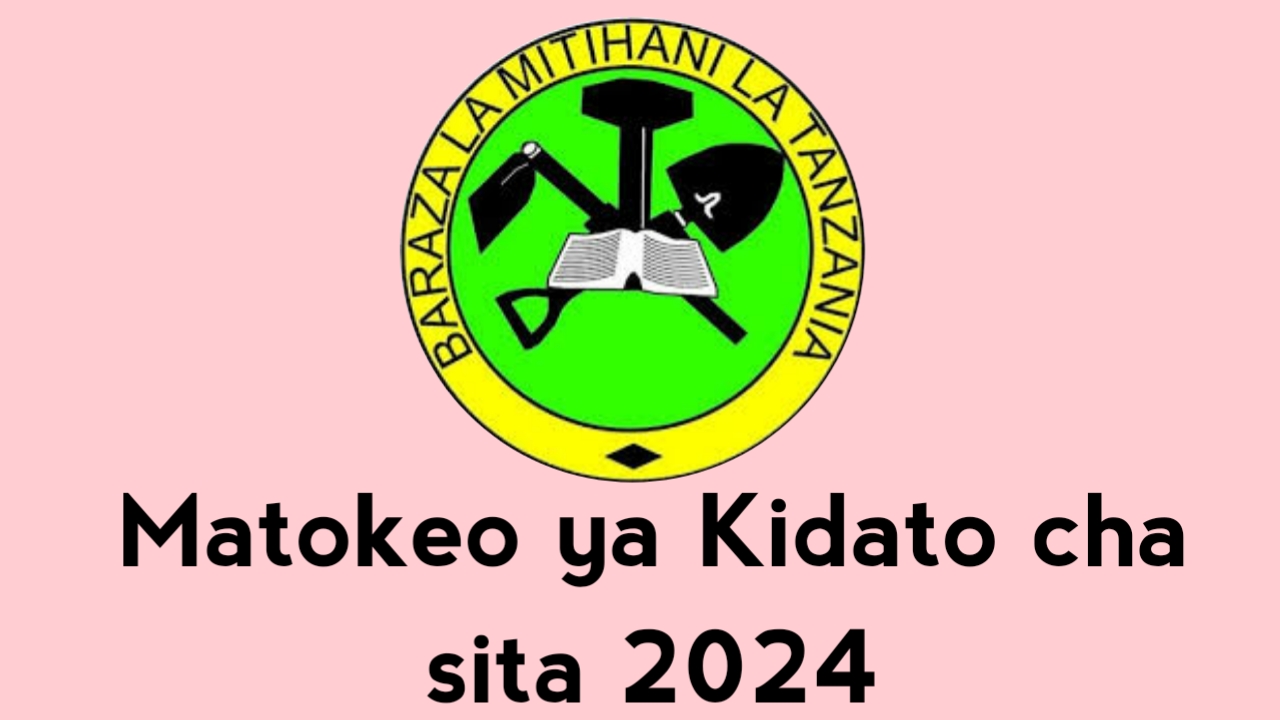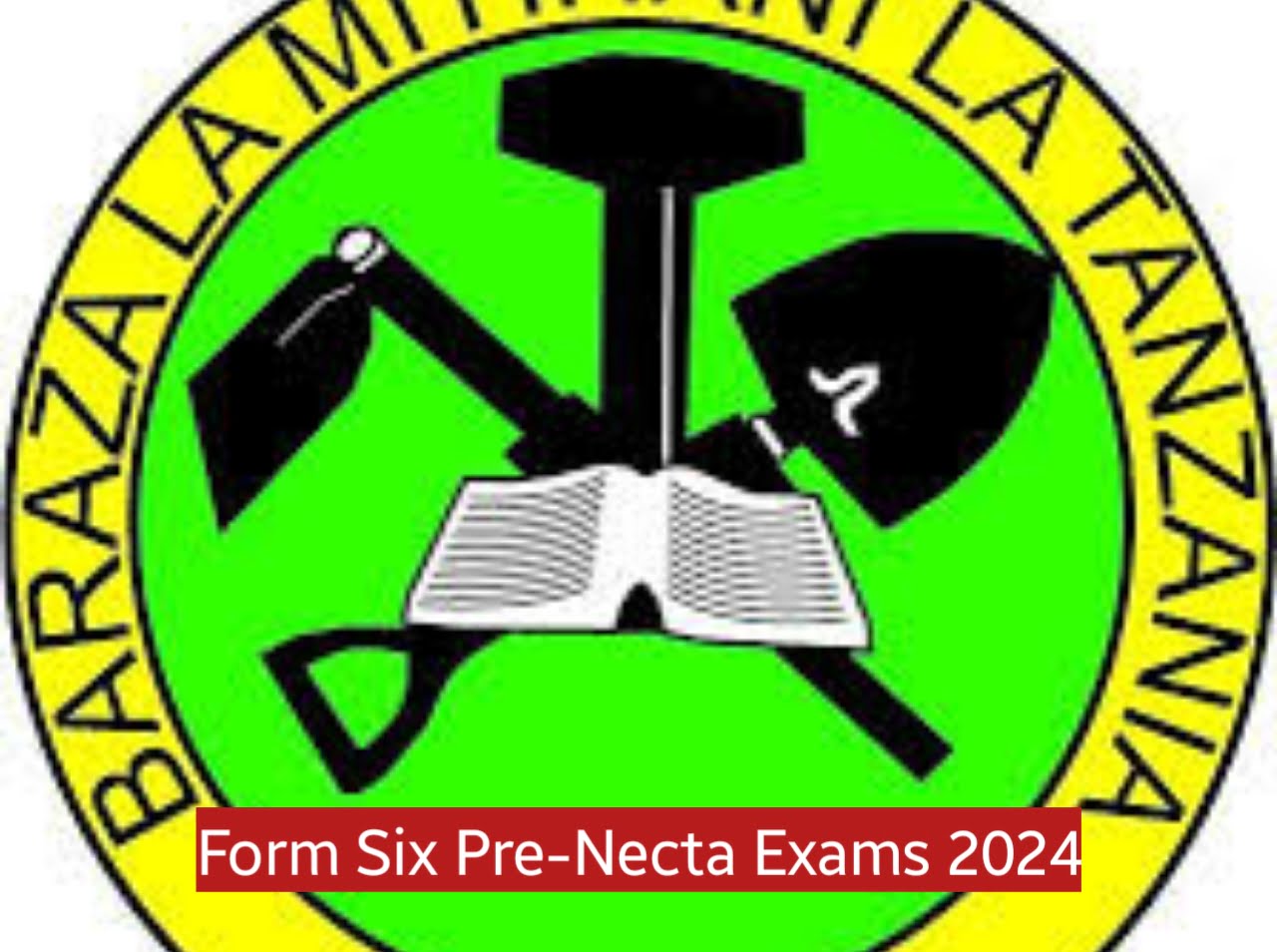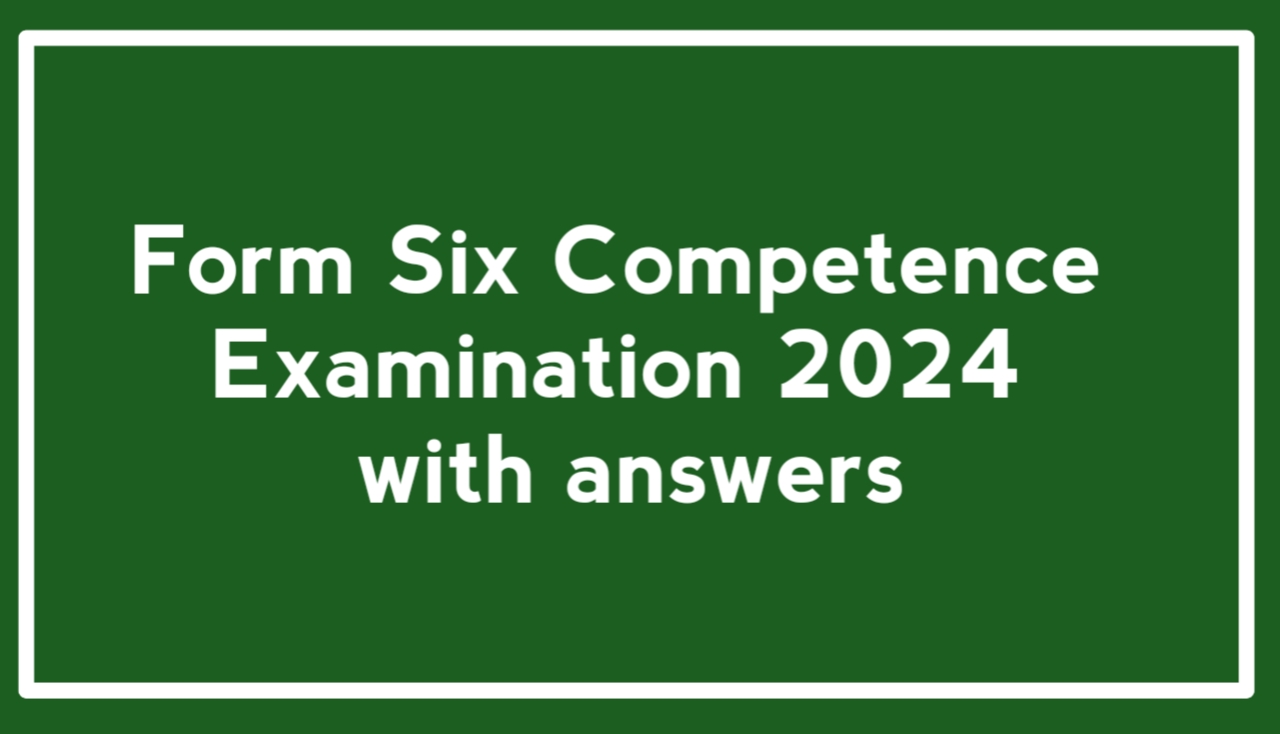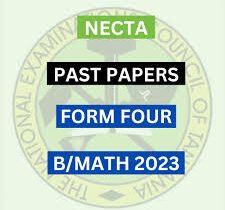Download Physics form six Past papers. Form six physics are prepared according to the latest syllabus of National Examination council of Tanzania. In this post you will get access to all previously national examination for form six on the physics subject.
Bellow is the collection of the NECTA Physics past papers you can download for revisions and other study purpose. The collection is based on the examination from year 2000 up to 2022. This list is for paper 1, paper 2 and paper 3.
Physics Form six Past Paper 1 (NECTA 2000-2022)
To download NECTA form six past paper physics 1 click on the link below:
Physics Form six Past Paper 2 (NECTA 2000-2022)
NECTA form six paper 2 physics download:
2022 2021 2020 2019 2018 2017 2016 2015 2013 2009 2007 2001 2000Physics Past Paper 3 Practical (NECTA 2000-2022)
2022 – 3A 2022 – 3B 2021 – 3A 2020 – 3A 2019 – 3A 2018 – 3A 2017 – 3A 2017 – 3B 2016 – 3A 2016 – 3B 2016 – 3C 2015 – 3A 2015 – 3B 2015 – 3C 2014 – 3B 2013 – 3A 2012 – 3A 2011 – 3B 2010 – 3C 2003 – 3B 2000 – 3A 2000 – 3B 2000 – 3CPhysics form six is a level of education in Tanzania that focuses on advanced level physics. It is the highest level of physics education offered in secondary schools in Tanzania. Physics form six is designed to prepare students for the Advanced Certificate of Secondary Education (ACSEE) exams, which are a requirement for admission to universities and colleges in Tanzania.








1 Comment